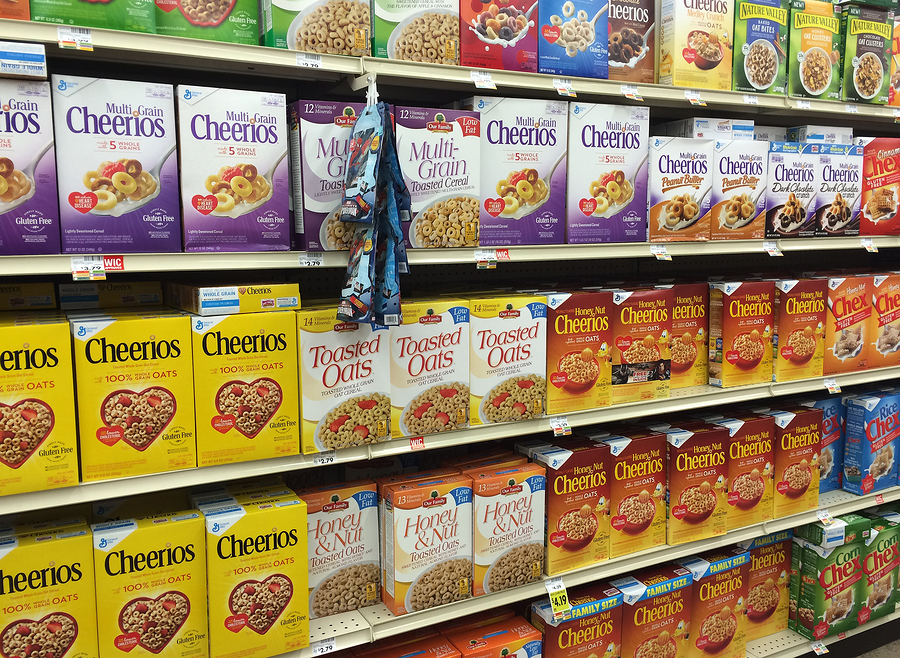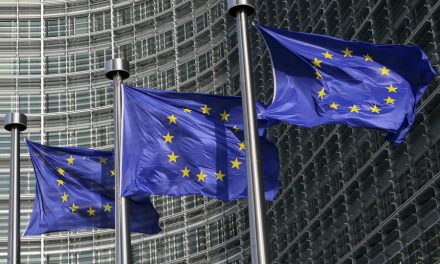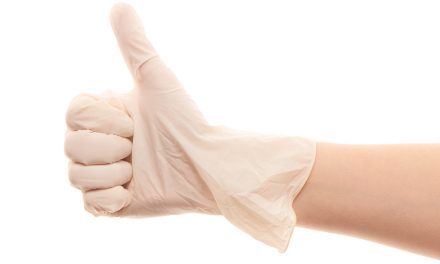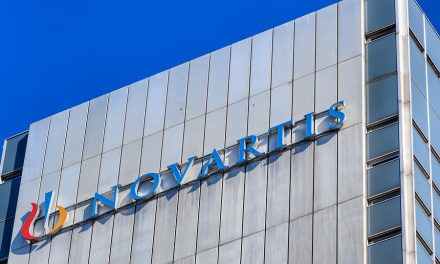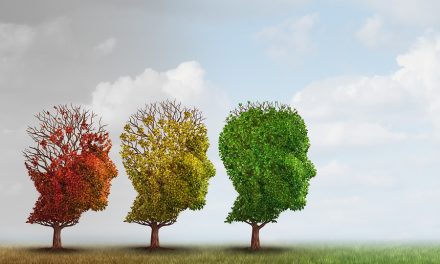First Monsanto told us that glyphosate was safe for crops. So we started using it. Then they told us to use more. So we did. However, once people started getting sick, we started asking questions. But they told us it was safe. So safe, in fact, that you could drink it:
And that pacified some people. For awhile. But then, we started asking questions again, “Will it show up in our food?” “Will it remain in our soil?” No, there is no soil residue. And no, it won’t show up in food. But don’t worry, even if it does, it won’t harm you:
RELATED STORY:
But all those promises were lies. As it turns out, glyphosate is able to make changes at the DNA level and hangs on to more than just the soil. In fact, in 2015 the IARC found glyphosate to be “probably carcinogenic to humans.” (In 2017 the EPA concluded that glyphosate was “not likely to be carcinogenic to humans,” in response to the IARC’s finding. But keep in mind, the EPA has really just become a political agency and not a trustworthy on at that.)
RELATED STORIES:
- The corrupt EPA is now allowing asbestos back into manufacturing
- NYT: EPA expected to roll back fuel economy rules for cars
And, it’s showing up in our bodies and our food. A lot of our food.
According to a recent report by the EWG (environmental working group), “dozens of common breakfast cereals and snack bars have trace amounts” 1 of the herbicide glyphosate.
“The Environmental Working Group (EWG) found that 26 of the 28 products it tested had levels of Roundup’s main ingredient, glyphosate, that were “higher than what EWG scientists consider protective of children’s health.” An earlier report found similar results in over thirty oat-based foods.
Manufacturers say their products are safe, but the EWG report argues that the vast majority of foods tested — such as Honey Nut Cheerios and Quaker Simply Granola Oats — have glyphosate levels that might pose a cancer risk with long-term consumption.
The environmental group says its lower threshold includes an added buffer for children, as ‘exposure during early life can have more significant effects on development later in life,’ according to Dr. Alexis Temkin, the lead scientist on EWG report.”2
Some experts argue that instead of worrying, parents should make sure their kids are eating fruits, vegetables, and getting the nutrition they need because a poor diet will do far more harm than a little bit of glyphosate in Cheerios. But others disagree.
Dr. Sarah Evans, an assistant professor at the Icahn School of Medicine at Mount Sinai said, “I think it’s very important for people to realize how widespread exposure to glyphosate is. There are things in the foods that they purchase that aren’t listed on the label and that they probably don’t want to be giving to their children. I don’t think that people should become hysterical but people need to be really aware of where their food is coming from and what’s getting into their foods.”3 (We totally agree.)
RELATED STORY:
After all, as Dr. Chensheng Lu, an associate professor of environmental exposure biology at Harvard’s T.H. Chan School of Public Health put it, “What is more scary? Choosing cereals between organic and conventional, or being told by your doctor that you or your children have cancer?”4
But according to Dr. Alexis Temkin, the lead scientist on the EWG report, parents don’t need to throw out the box of Cheerios they just bought, “We are talking about lifetime cumulative exposure. But if you do want to reduce your risk, we do know that organic oats and organic cereals are a better option.”5 So true. Plus, there are way better breakfast options than cereals or oatmeal.
Now, keep in mind, that this is information the government has and has had. They just don’t move quickly. Perhaps because they don’t care, perhaps, just because:
But, regardless of this new report, the BigAg/Pharma company that is now Bayer (Monsanto sold themselves to the pharmaceutical giant and then said goodbye to their name- but not their problems) continues its party line: glyphosate is safe to eat or drink and has been, worldwide, for over four decades (when used as directed).
When you talk about a lifetime of exposure, and we are finding glyphosate in more and more of our food, perhaps it is worse than we think. I think now is the time to start visiting the farmers market again. And growing our own food. Now is the time to run from as much exposure to glyphosate as we can.
It’s up to you to protect yourself and your family. No one else is going to.



